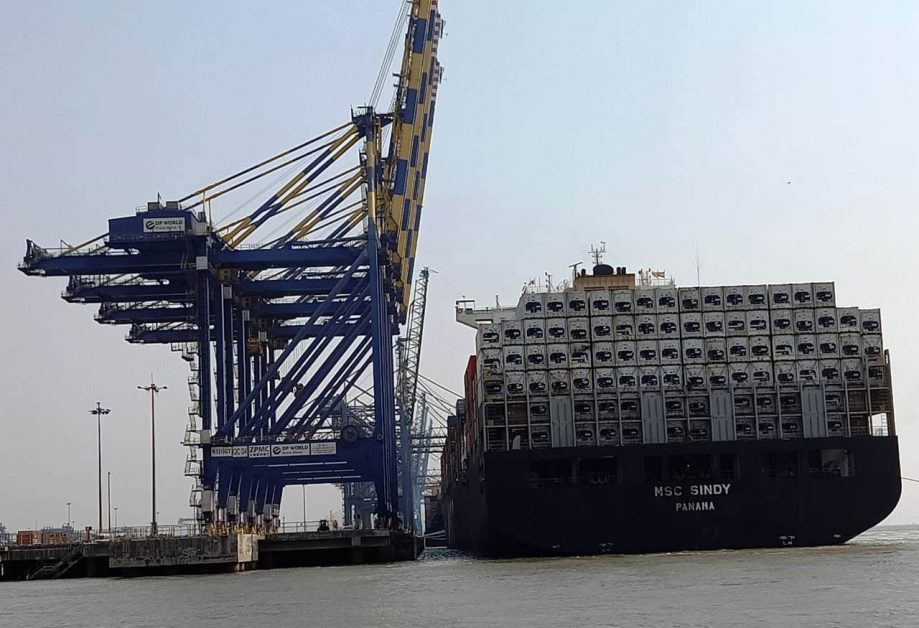The Centre has planned a slew of measures to give a fillip to the shipping industry and encourage private participation. As part of the process, it plans to dismantle inefficient and burdensome monopolies, encourage the start-up culture, and call for innovation to de-risk projects as well as lead to higher foreign direct investment in ports.
The vision includes building new ports to cater to trade requirements, develop India as a trans-shipment hub, and lift at least two ports to the world’s top 10 list.
This is to enable local port administrations to focus solely on operation and maintenance. According to the draft Maritime Vision 2030, the Ministry of Shipping has set up 14 working groups for each thrust area in the sector. Sagarmala was centred on four pillars — port modernisation, port-led industrialisation, port connectivity enhancement, and coastal community development.
Experts say this goes beyond port gates, and focuses on efficiency, ease of doing business, enabling and integrating technology, and giving a thrust to allied activities. Significant emphasis is also being given to areas beyond port gates, such as integrating technology into functioning of the port ecosystem, simplification of various processes, mainstreaming inland water transport, and laying emphasis on allied revenue-generating activities like cruise tourism, said Jagannarayan Padmanabhan, director at Crisil Infrastructure Advisory.
This will help industry and various stakeholders come together and project their vision for the maritime sector. These are early days — the exercise is quite exhaustive. The final implementation framework, as prepared by the 14 working groups, will give us an idea, he said.
Each working group will prepare a detailed roadmap, milestones with timelines, and accordingly identify institutions responsible for achieving those milestones. The government also intends to make maritime logistics cost-competitive by promoting port-led industrialisation and coastal cargo development, and also make Indian ports affordable and competitive for EXIM and coastal trade.
Given that many areas fall in the domain of state governments, due thought will be given to their concerns, and policy prescription may be aligned to state policies to the extent possible. The vision also includes operationalisation of minor ports — underused or unused small ports — to make them function as domestic cargo terminals.
The Union government intends to develop cruise destinations at tourist locations, and increase the number of Indian cruises from 150 to 1,000 in five years, with effective use of coast and inland water for cruise tourism.






